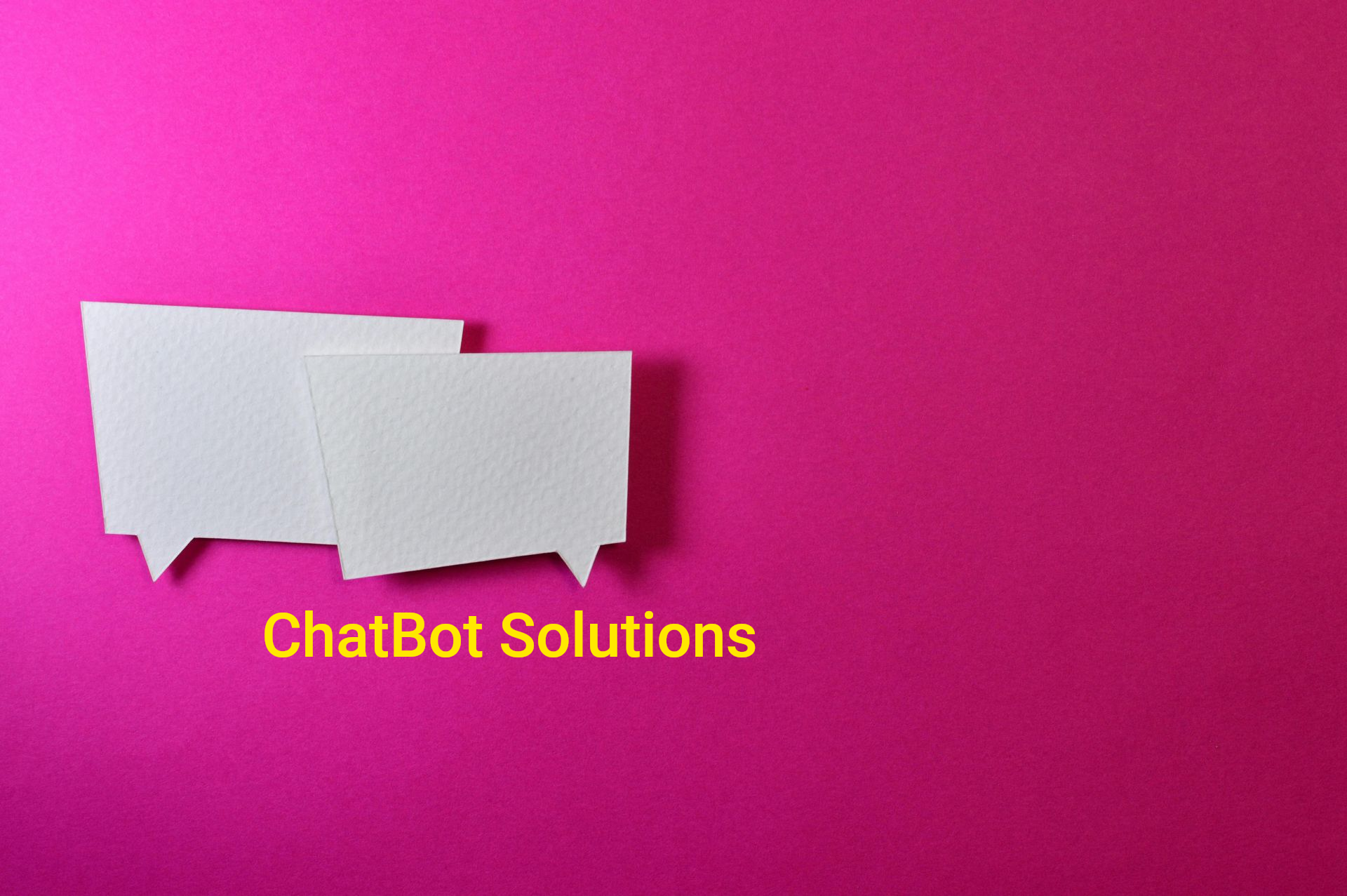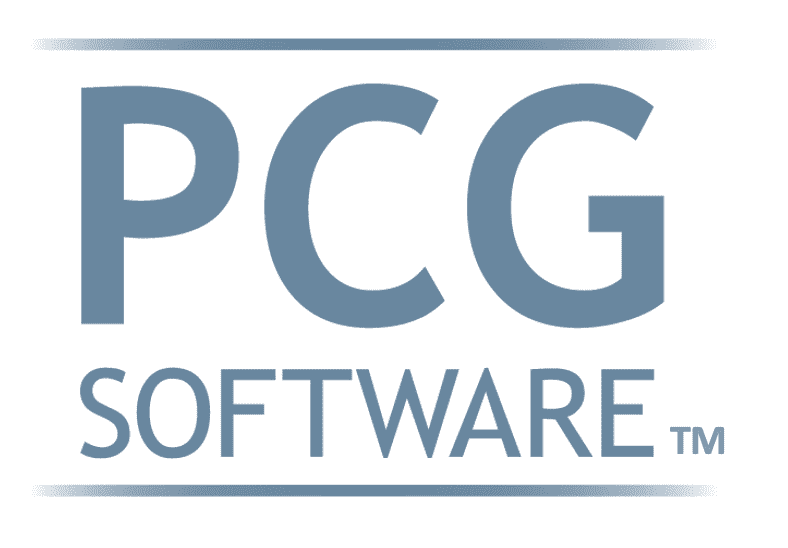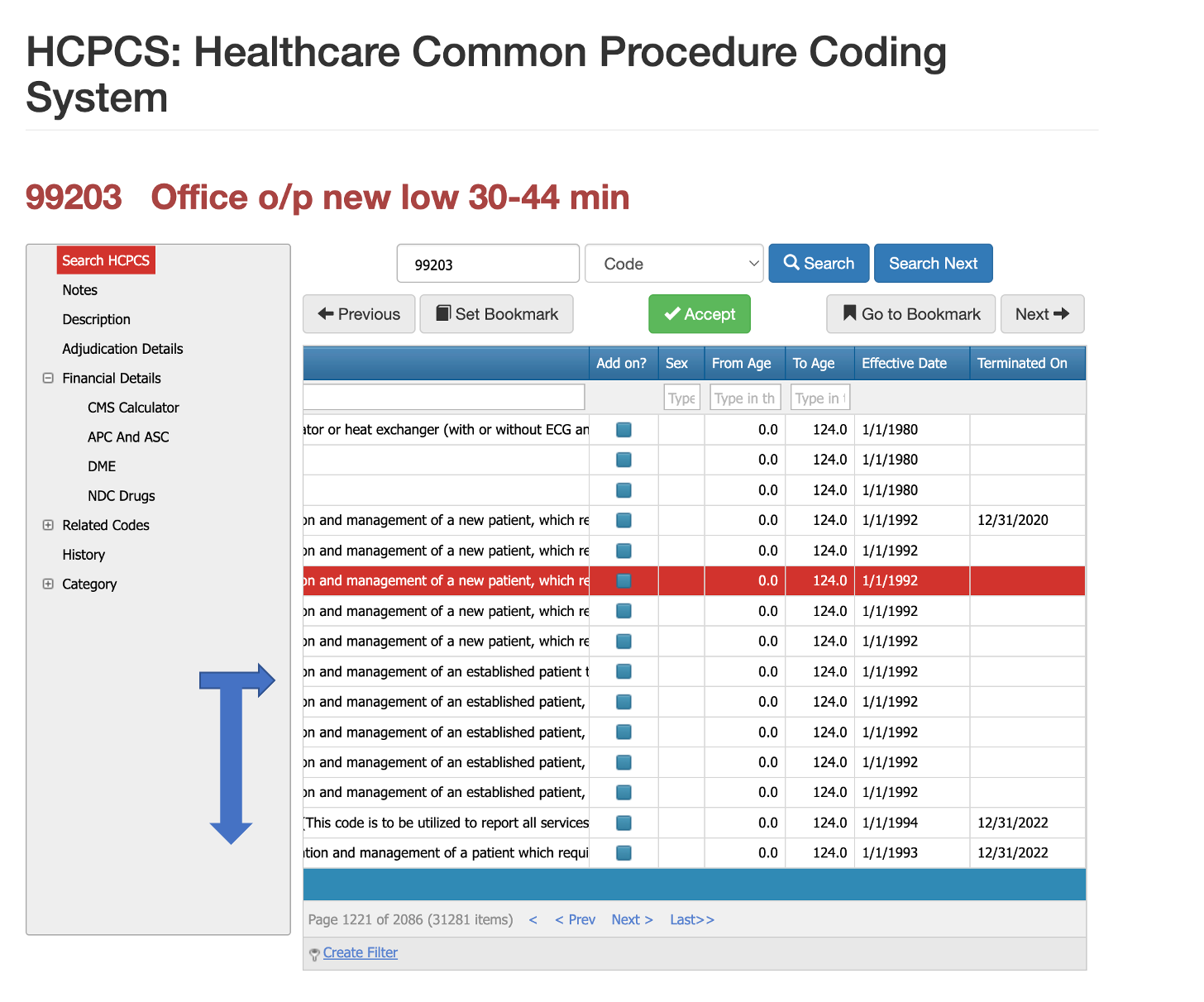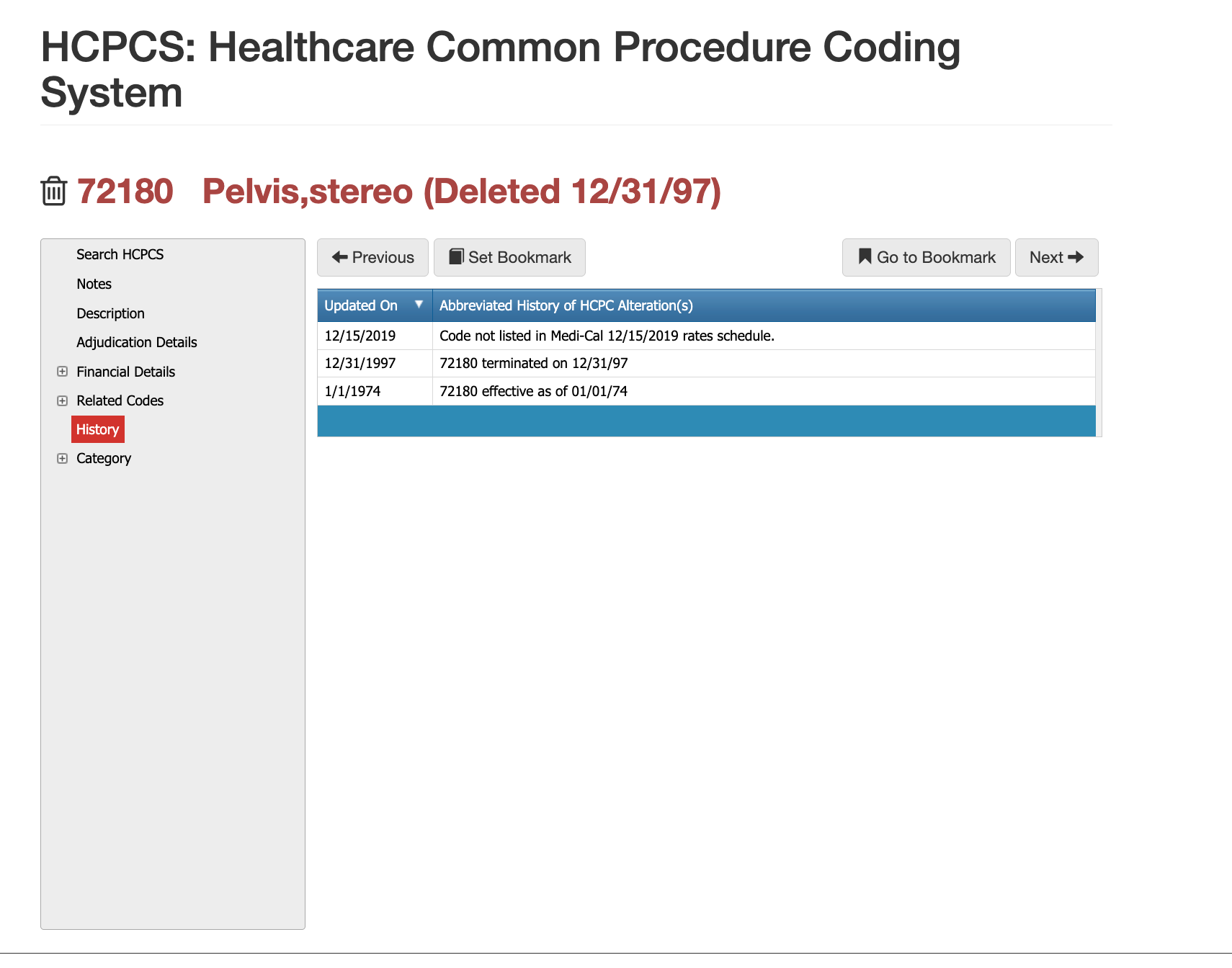10 Possible AI Chatbots for Health Plans, MSOs, and IPAs in 2026
Summary: AI chatbots are proving to be more good than bad for U.S. healthcare payers, MSOs, and IPAs—when used for the right tasks. Far from replacing clinical judgment, they excel at handling repetitive, low-value work that otherwise inflates administrative costs. In 2025, chatbots are cutting call center loads, improving member engagement, and helping providers navigate eligibility, claims, and prior authorization without hiring more staff. This article highlights 10 key areas where AI chatbots are already reshaping healthcare operations, complete with data, case studies, and compliance considerations, so executives can see where automation makes immediate financial and operational sense.

1. Types of AI Chatbots & Their Use Cases in Healthcare:
An overview of the different categories of healthcare chatbots and what they do. This includes symptom-checker bots (for triage), appointment scheduling assistants, member services bots (answering coverage or benefit questions), and internal support bots for staff. Despite the buzz, adoption is still emerging – for example, as of early 2025 only about 19% of medical practices reported using any chatbot for patient communication[1]. The global healthcare chatbot market, however, has already surpassed $1 billion in value and is projected to reach around $10 billion in the next decade[2], reflecting the rapid growth and interest in these tools.
2. Enhancing Patient Communication and Engagement:
AI chatbots can improve how healthcare organizations interact with patients (or health plan members) by providing instant, 24/7 responses and guidance. Many patients are open to this – by 2025 nearly 50% of patients are expected to prefer using a chatbot for initial medical inquiries over waiting for human staff[3]. Chatbots can handle routine questions about clinic hours, benefits, or services and even assist with scheduling appointments and sending reminders, which helps reduce no-shows. In fact, one major academic medical center saw a 47% increase in appointments booked digitally via an AI chatbot after implementing an online scheduling assistant[4]. This kind of always-available communication not only boosts patient satisfaction but also frees up staff from answering repetitive calls.
3. AI Chatbots in Health Plan Member Services:
Health plans and Payer organizations are using chatbots to streamline member support and administrative tasks. A well-designed chatbot can help members get quick answers about their coverage, claims status, co-pays, or provider networks without needing to call a service line. For example, digital health platform Transcarent recently introduced a GPT-4 powered chatbot to assist users with common health insurance inquiries – providing cost estimates for procedures, answering deductible questions, and giving provider recommendations[5]. The goal is to simplify the notoriously complex insurance landscape and reduce the reliance on human call centers, lowering operational costs. By automating these front-line inquiries, health plans can resolve member questions faster and dedicate human representatives to more complex issues.

4. Improving Provider Relations and Support with Chatbots:
MSOs and IPAs can leverage AI chatbots to support their network providers by addressing routine queries and tasks. A chatbot integrated into a provider portal could instantly answer questions about patient eligibility, prior authorization requirements, or claim submission guidelines. This reduces the back-and-forth phone calls and lets providers get information on-demand. Experts predict that advanced AI assistants may handle up to 90% of routine administrative questions in the coming years[6] – which would significantly lighten the load on provider relations staff. By automating FAQs and providing quick lookup of policies or fee schedules, chatbots enable providers to get what they need faster, improving provider satisfaction and strengthening relations. Additionally, chatbots can assist with provider onboarding or credentialing processes by guiding providers through forms and requirements, ensuring fewer errors and faster approvals.
5. Boosting Operational Efficiency & Reducing Costs:
One of the biggest impacts of AI chatbots is in operational efficiency for healthcare organizations. They can automate low-level, repetitive tasks that would otherwise tie up staff or call center agents – for example, collecting member information, verifying identities, or guiding someone through a claims form. This translates into real cost savings. In one case study, a Fortune 100 insurance company deployed an AI chatbot for front-end call handling and saw it automate 95% of the customer identity verification process, shaving 1.5 minutes off each call on average[7]. The bot now handles up to 20 million calls per year for that company, resulting in “massive time savings” and significant labor cost reductions[7]. Industry-wide, the savings add up: Juniper Research estimates that healthcare chatbots were saving about $3.6 billion annually by 2022 through automation of customer service and administrative tasks[8]. Key operational areas seeing improvements include call center volume (fewer incoming calls due to self-service), faster service authorization processes, and reduced errors (as bots follow standardized workflows). All of these efficiency gains can improve an organization’s bottom line and scalability.
6. 24/7 Accessibility and Multilingual Support:
Unlike human staff, chatbots offer round-the-clock service. This means patients and providers can get help after business hours – an especially crucial benefit for health plans operating across time zones or serving elderly patients who may need help at odd hours. The on-demand availability tends to improve customer experience: studies show chatbots typically deliver answers 3× faster than live agents on average[9], and a majority of consumers (around 62%) say they prefer engaging with a digital assistant rather than waiting on hold for a human rep[10]. Moreover, modern healthcare bots often come with multilingual capabilities[11]. They can converse in Spanish and other languages, helping organizations serve diverse member populations. This around-the-clock, multi-language support ensures that no patient or member query goes unanswered, improving overall satisfaction and potentially reducing disparities in access to information.

7. Real-World Success Stories and Use Cases:
It’s useful to highlight concrete examples of AI chatbots already making a difference in healthcare operations. For instance, Weill Cornell Medicine in New York deployed an AI chatbot for appointment scheduling and saw a 47% increase in appointments booked digitally as patients embraced the convenient 24/7 scheduling assistant[4]. In the insurance realm, Blue Cross Blue Shield of Minnesota launched an AI-driven member chatbot pilot that quickly answers members’ questions and has helped reduce incoming call volume and associated costs[12]. Another example is the Fortune 100 insurer mentioned earlier: their chatbot handling millions of calls achieved a 95% automation rate for ID verification and significantly cut down call handling times[7]. On the cutting edge, Transcarent’s new ChatGPT-powered bot aims to streamline health plan navigation for employees by tackling common questions about costs and providers[5]. These success stories illustrate the tangible outcomes – from higher patient engagement to operational savings – that well-implemented chatbots can deliver for health plans and provider organizations.
8. Benefits vs. Drawbacks of Implementing Chatbots:
An objective look at pros and cons is crucial.
On the benefit side, AI chatbots offer faster response times, 24/7 availability, and consistent accuracy on well-defined tasks. They can handle large volumes of inquiries simultaneously, never get tired or impatient, and can significantly reduce staffing burdens and costs (as evidenced by the cost savings and productivity gains reported in case studies). They also provide a level of instant self-service that many tech-savvy consumers now expect.
However, there are drawbacks and limitations to acknowledge. Current chatbots can struggle with complex or nuanced questions outside their training – they might give inappropriate or incorrect answers if a query falls outside their knowledge base. Importantly, they lack the empathy and judgment of a human, which is a concern in sensitive healthcare interactions. Some patients may feel frustrated or misunderstood by a bot’s scripted responses. In fact, surveys indicate that about 60% of Americans would feel uncomfortable if AI were too heavily involved in their medical care decisions[13], underscoring a trust gap that needs to be managed. There’s also the challenge of training chatbots to keep information up-to-date and ensuring a smooth handoff to human staff when needed. Weighing these pros and cons will help organizations set realistic expectations and deployment strategies.
9. Data Privacy, Security, and Compliance Considerations:
Any use of AI chatbots in healthcare must rigorously address HIPAA compliance and patient data security. These bots often handle sensitive personal health information (PHI) during conversations – from symptoms described by a patient to details of coverage or claims. Ensuring that this data is encrypted, stored, and transmitted securely is non-negotiable. Health plans and MSOs will need to vet chatbot platforms for robust security features and sign Business Associate Agreements if third-party vendors are involved. There is valid concern about breaches: the healthcare industry suffered an estimated $21.9 billion in losses in 2024 due to data breaches and cyber attacks targeting providers, payers, and their IT systems[14]. A leaky or poorly secured chatbot could become another attack vector. Moreover, AI models need to be designed so they do not inadvertently expose or memorize PHI in their training data. Compliance considerations also include ensuring the chatbot only provides information it’s authorized to (for example, not revealing someone else’s health records) and logging all interactions as needed for auditing. In summary, strong privacy safeguards and regular security audits are essential when deploying chatbots in the highly regulated healthcare arena.
10. Future Outlook and Emerging Trends:
The role of AI chatbots in healthcare administration is poised to expand rapidly. Industry forecasts suggest that within a few years, chatbot and AI virtual assistant adoption will become mainstream – Frost & Sullivan projected that 90% of U.S. hospitals would leverage AI chatbots by 2025 to improve care and efficiency[15]. Looking ahead, we can expect more advanced, conversational AI (using large language models like GPT-4) to make chatbots more natural and capable of handling complex dialogues. In fact, major health IT players are already integrating generative AI: for example, Epic Systems (a leading EHR vendor) has started piloting an AI chatbot within its patient portal (MyChart) to help with post-surgery check-ups and patient inquiries[16]. Future chatbots might not only answer questions reactively but also proactively reach out – reminding patients to get preventive care, or alerting providers about adherence issues. We’ll also likely see tighter integration of chatbots with electronic health records, claims systems, and remote monitoring devices, making them an integral part of the care continuum. For health plans, MSOs, and IPAs, staying attuned to these innovations will be crucial. Embracing chatbot technology responsibly – with proper oversight and a focus on factual, useful responses – could become a standard practice to remain competitive in terms of member experience and operational efficiency. The trajectory indicates that AI chatbots are not a passing trend but a foundational tool in the digital transformation of healthcare.

Possible Solutions to Consider
While these examples show how AI chatbots and agents are already reshaping healthcare, the real impact comes from tailoring them to the unique needs of each payer, MSO, or IPA. PCG focuses on AI claims auditing, compliance, and FWA solutions, PCG doesn’t’ specialize in AI bots. However, we’d like to introduce you to one of our newest partners who specializes in chatbots and AI automations for Payers, Reinvent LLC.
Reinvent is a healthcare AI company specializing in building customized AI components and agents designed specifically for healthcare operations. Unlike generic chatbot platforms, Reinvent has implemented many of the use cases described above—ranging from member services automation to provider support tools and claims assistance bots.
What sets Reinvent apart is the ability to adapt AI agents to client workflows, compliance requirements, and enterprise systems rather than forcing organizations into one-size-fits-all solutions. This flexibility helps health plans, MSOs, and IPAs capture the benefits of automation—lower costs, higher member satisfaction, and stronger provider engagement—without compromising on security, compliance, or usability. If you are interested in learning more on this topic, please contact me or visit www.reinvent-hit.com.
Click here for all references:
[1] [2] [4] [11] [16] Sizing up the market for AI chatbots, virtual assistants in medical practices in 2025
[3] Chatbots in Healthcare: Industry Overview
https://pixelplex.io/blog/chatbots-in-healthcare/
[5] Transcarent Introduces GPT-4 Powered AI Bot for Health Insurance Assistance | Insurtech Insights
[6] [13] 65 Key AI in Healthcare Statistics - Blog TempDev
https://www.tempdev.com/blog/2025/05/28/65-key-ai-in-healthcare-statistics/
[7] AI Chatbots for Insurance: Benefits & Examples
https://www.cognigy.com/blog/ai-chatbots-for-insurance
[8] [15] Healthcare Chatbots - Artificial Intelligence-Powered | CBOT
https://www.cbot.ai/heathcare/
[9] [10] BEST Chatbot Statistics [2025 Updated]
https://masterofcode.com/blog/chatbot-statistics
[12] Artificial intelligence: A catalyst for connection | Blue Cross MN
[14] HIPAA, PHI, Cyber Attacks, and Technology in 2025
https://www.pcgsoftware.com/hipaa-phi-cyber-attacks-2025
Our History and Credibility in Reporting this Information:
For over 30 years, PCG Software Inc. has been a leader in AI-powered medical coding solutions, helping Health Plans, MSOs, IPAs, TPAs, and Health Systems save millions annually by reducing costs, fraud, waste, abuse, and improving claims and compliance department efficiencies. Our innovative software solutions include Virtual Examiner® for Payers, VEWS™ for Payers and Billing Software integrations, and iVECoder® for clinics.


